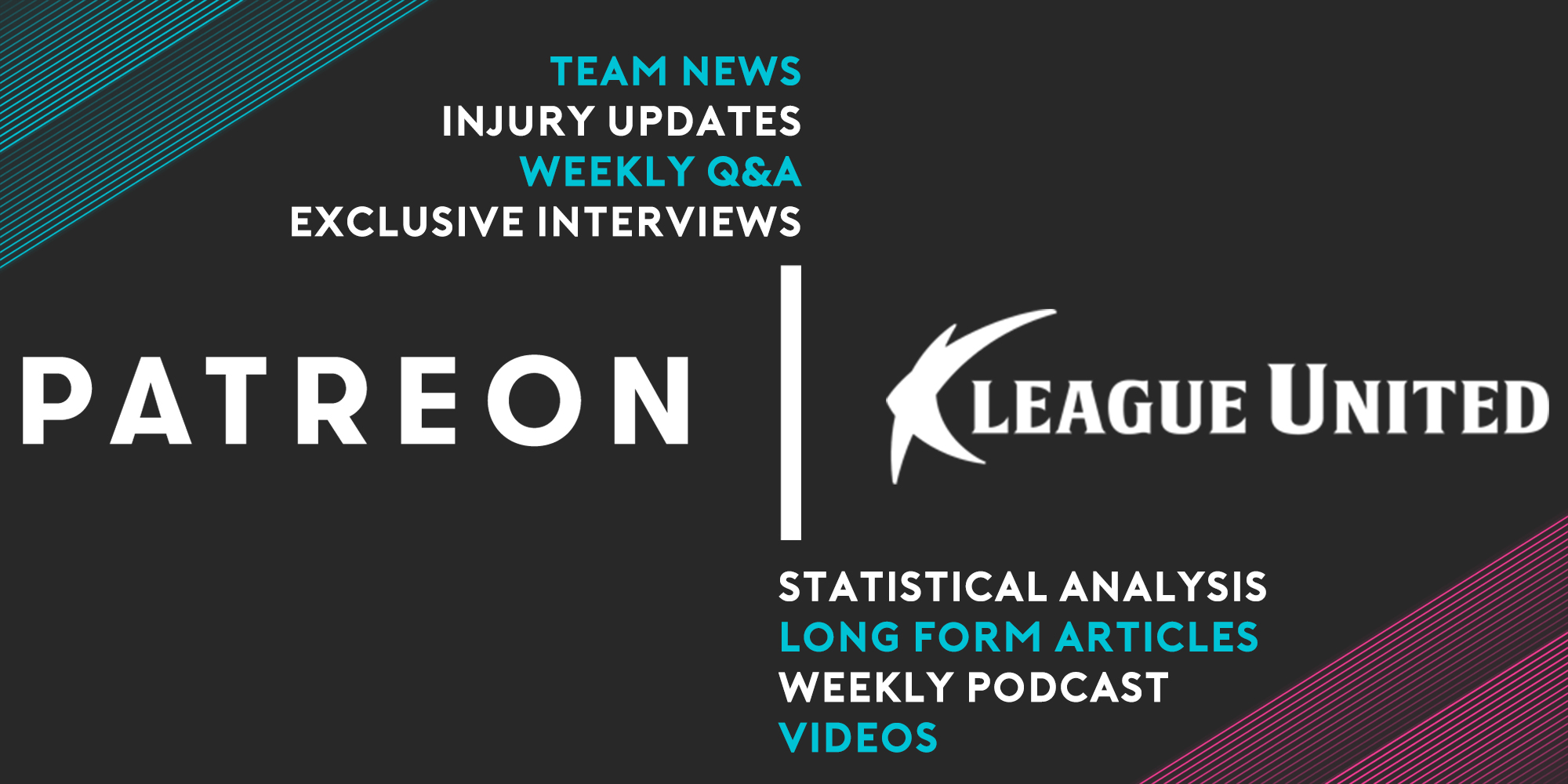Statistically Profiling K League 1 Midfielders’ Playing Styles
Identifying a midfielders playing style can be a difficult take. After 20 Rounds of K League 1, guest columnist Ben Griffis profiles the playing styles of K League 1 midfielders in 2022.
Which K League 1 midfielders are primarily involved in ball progression? Or focus more on defending or maybe attacking? Which are equally competent at all three? We can begin to answer these questions by plotting players on a ternary plot, which is a like a scatterplot with three axes instead of two.
Three main duties midfielders are often tasked with are ball progression, defense, and attack. For this graph, I used several different individual metrics to define each of those three duties. Attack includes non-penalty expected goals per 90’ and expected assists per 90’. Progression includes progressive passes per 90’ and progressive runs per 90’. Finally, defense includes tackles, interceptions, and shot blocks, all which are adjusted for their team’s possession to normalize each player’s per 90’ numbers to represent if all teams had 50% possession.
Next, I ranked each player’s three duties compared to all other midfielders with at least 600 minutes played this season. So, for each duty, a player will rank between 0 and 100, with 0 being the player with the lowest score in that duty, and 100 being the player with the highest score. Next, I summed up each player’s three percentile ranks, meaning the highest sum a player could have is 300. In this graph, the darker the red, the higher the player’s total score.
A player’s position on this chart indicates their overall balance of the three duties. A player in the middle of the triangle would have the exact same percentile score for all three of attack, progression, and defense. A player fully in one corner would have 100% of their total score coming from the duty whose corner they’re in. For example, a player ranking in the 0th percentile for attack and defense but 35th percentile for progression would be in the Progression corner (this is close to what we see for Daegu’s Lee Yong-rae).
Finally, a player near a line would have the majority of their total score coming from the two duties at each end of the line they’re near. Daegu’s Bruno Lamas in this graph is a good example, with the vast majority of his score coming from progression and attack. And being near the middle of the line between progression and attack means his rank in both those duties is equal.
So, without further ado, let’s look at this season’s midfielder profiles after Round 20.
First off, we can see players scattered all around this chart, showing that some midfielders are primarily involved in one duty for their teams, while others can do it all. The player closest to the center, meaning the most balanced based on this analysis, is Pohang’s Shin Jin-ho. Shin Jin-ho also has the largest total score, showing his importance in all phases of Pohang’s play.
We can also see Suwon FC’s Urho Nissilä primarily involved in the attack, while Lee Yong-rae, as mentioned earlier, is primarily involved in ball progression up the pitch.
Here is a table showing the top five players by total score:
We can see how far ahead Shin Jin-ho is from the rest of the top five. Further, of these top five, only Jeju’s Lee Chang-min has a decent portion of his total score comprised of attack. His defensive contribution score is a bit lower than the rest of the top five.
Now here are the bottom five players:
Similar to the top five, there’s a decent-sized gap between Daegu’s Lee Yong-rae at the bottom and Suwon Bluewings’ Han Seok-jong second from the bottom. All of these players are also typically involved in just one aspect of their teams’ play.
Overall, ternary charts are useful to use statistics to begin profiling players’ performances into different styles. We can input many different metrics at once to see a combination of total performance as well as a player’s relative involvement in their team’s different phases of play. And at least at the current stage of the season, we can see several players that both rank very highly in all three duties as well as being fairly balanced between them. These players, namely Shin Jin-ho, Park Yong-woo, and Paik Seung-ho, are vital for facilitating all phases of their team’s play from the midfield.










![[about]](https://blogger.googleusercontent.com/img/b/R29vZ2xl/AVvXsEh0mXcKy7h0fXIgdvWFm5DpFfwXkPr2ggzUt9_AoPo8vS0HOsFMT8KsO21qTLZBKoLyQXSOAckzy4OtJCPOoHtL5cGqAa0zXKzIdiW45D6TCFAisfJUODssBTfrkat95GXhJc8haWSP3nyV/s1600/KLU.png)
No comments:
Post a Comment